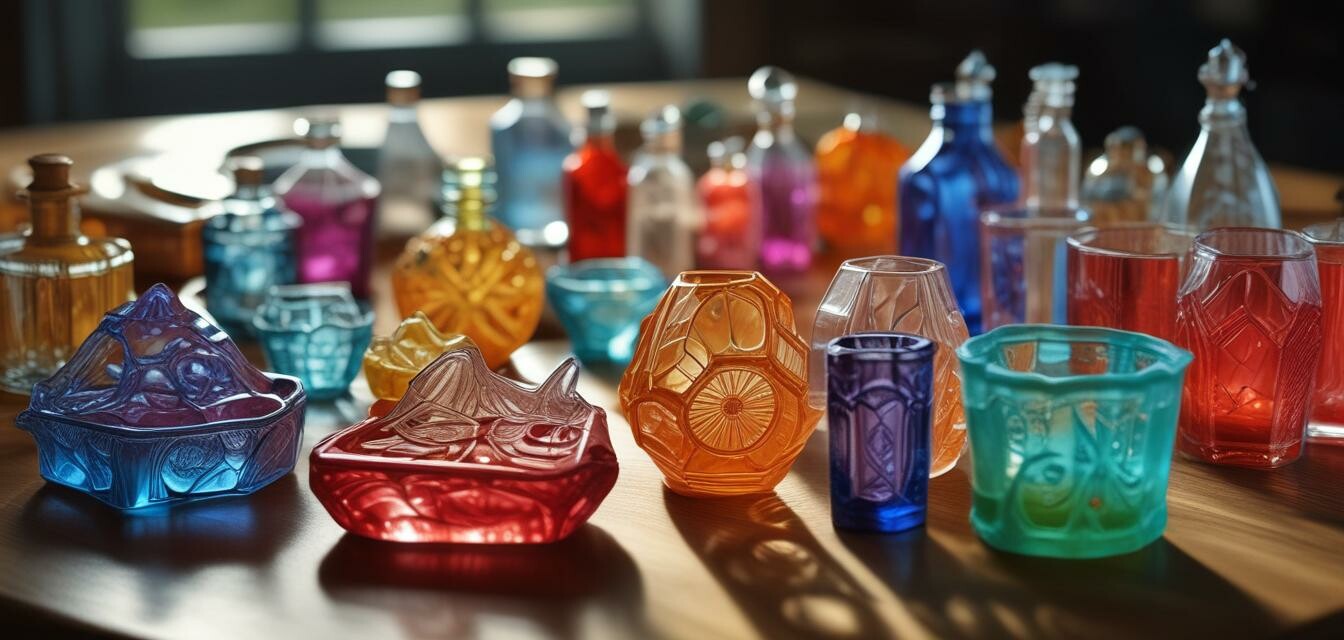
Personalizing Your Glass Art: Custom Mold Options
- Custom molds allow for unique glass art designs tailored to individual preferences.
- Understanding the design and fabrication process is crucial for successful mold-making.
- Utilizing various materials and techniques can enhance your mold-making skills.
- Exploring available resources and tools can lead to improved results in glass projects.
- Custom molds can transform your artistic vision into reality, resulting in stunning pieces.
Creating custom molds for glass art opens up a world of personalization and creativity. By tailoring shapes and designs to your vision, you can significantly enhance your projects, whether you're crafting bowls, plates, or intricate sculptures. In this article, we will explore the benefits of custom molds, provide tips for designing and fabricating them, and highlight important considerations you should keep in mind.
Benefits of Custom Glass Molds
Custom molds not only allow you to achieve unique shapes but also provide several additional advantages:
- Personalization: Tailor your designs to fit personal styles, themes, or specific projects.
- Innovation: Create original pieces that distinguish your work in the market.
- Enhanced Creativity: Experimenting with different shapes and forms inspires new artistic directions.
- Consistency: Custom molds enable you to replicate successful designs for multiple projects.
Designing Your Custom Mold
The design phase is critical when creating your custom mold. Here are some steps to consider:
- Identify Your Design: Determine the shape and size of the mold based on your intended glass art project.
- Select Materials: Choose appropriate materials that can withstand the heat during the glass firing process.
- Sketch Your Concept: Create detailed drawings of your mold design to visualize the final product.
- Refine the Design: Revise the design based on practicality and functionality before fabrication begins.
Fabrication Techniques for Custom Molds
Once you have a solid design ready, it's time to fabricate your custom mold. Below are common materials and techniques used in mold fabrication:
| Material | Technique | Best For |
|---|---|---|
| Silicone | Mold-making with silicone rubber | Intricate details and flexible molds |
| Plaster | Pouring plaster into a frame | Bowl, plate, and sculpture molds |
| Fiberglass | Layering fiberglass for strength | Sturdy, reusable molds for larger pieces |
| Metal | Machined or cast metal forms | Durable, long-lasting molds for production work |
Safety Considerations
When working with molds and shaping materials, ensure safety through the following practices:
- Wear protective gear, such as gloves, goggles, and dust masks.
- Work in a well-ventilated area to minimize inhaling harmful substances.
- Follow manufacturer instructions for all materials used in mold-making.
Exploring Resources for Mold Making
Seeking out resources can enhance your skills and knowledge in mold-making:
- Books and Online Tutorials: Gain insight through instructional materials available in libraries or online.
- Workshops: Consider attending classes or workshops focused on mold making and glass art.
- Community Forums: Engage in online forums to share tips and ask for advice from experienced glass artists.
Conclusion
Creating custom molds for your glass art projects can deeply personalize your work, allowing your unique vision to shine through your pieces. By understanding the benefits, design, and fabrication techniques involved, you can elevate your artistry and explore new avenues in glass making. Remember to stay safe and seek out resources to enhance your skills along the way.
Pros
- Customization leads to unique and personal art pieces.
- Opens doors to innovative design possibilities.
- Facilitates consistent production of specific designs.
Cons
- Initial setup may require time and resources.
- Finding appropriate materials can be challenging.
- Requires skill and practice to master mold-making techniques.
For more on glass art supplies, be sure to check our glass molds category and explore our fusing and slumping supplies for additional tools to complete your projects. If you’re just starting out, consider looking at our glass art project kits for simplified, guided creations. Remember, the essence of glass making lies in creativity and the joy of experimentation!

